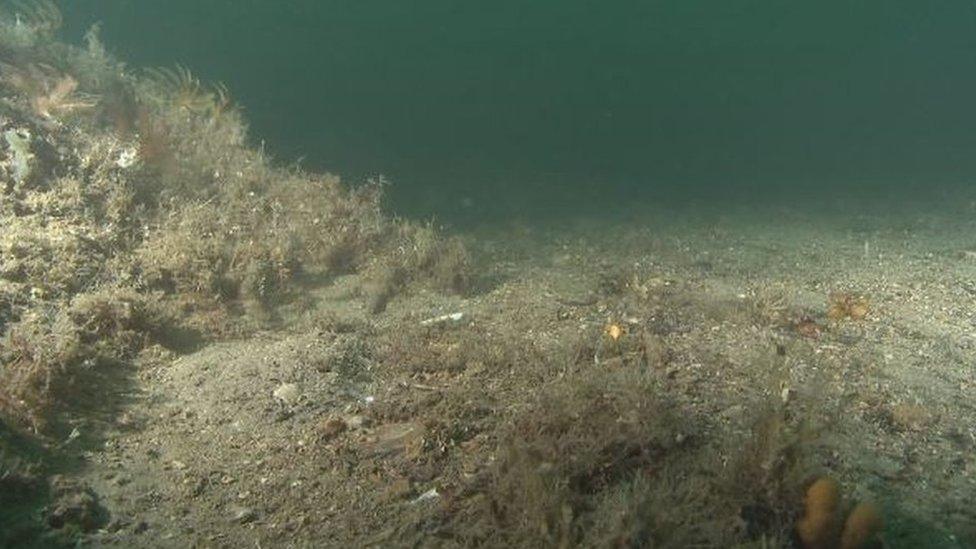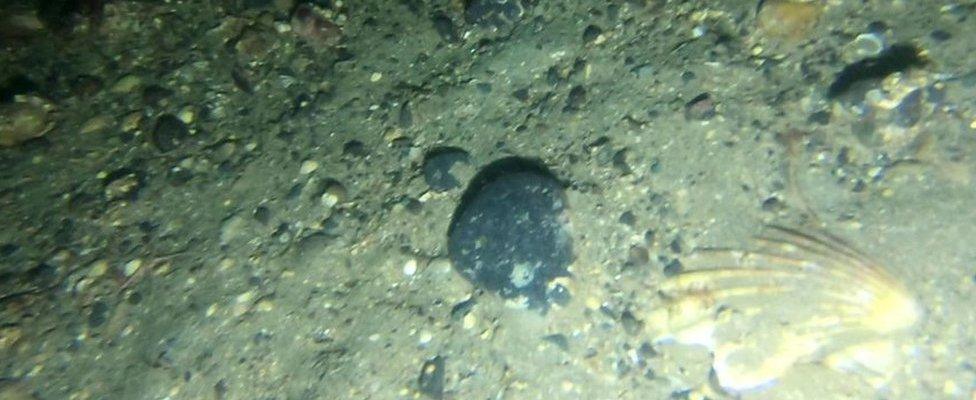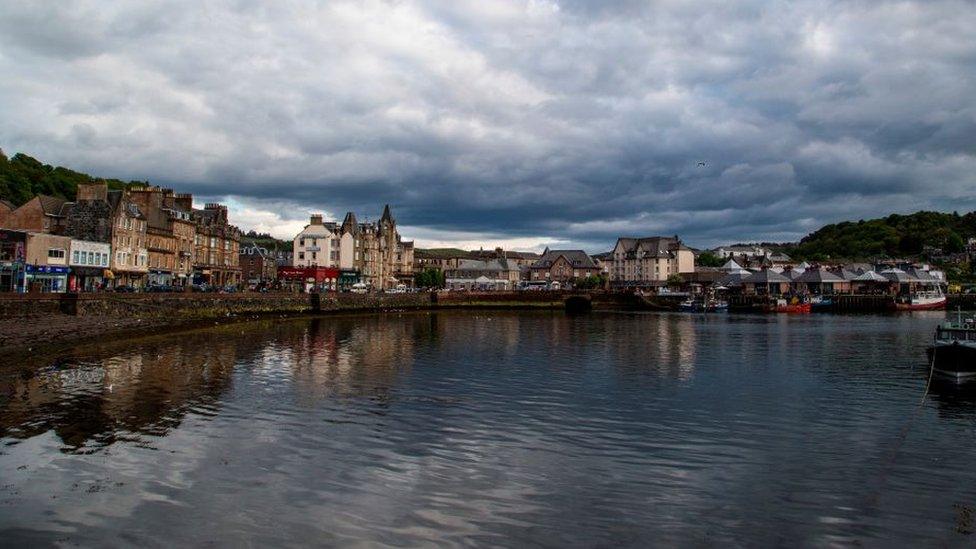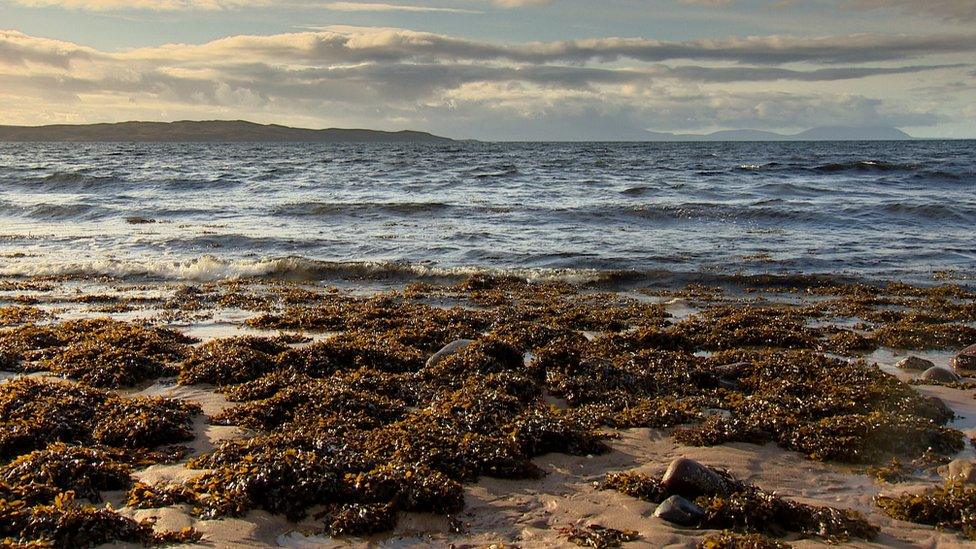Film shows effect of illegal scallop dredging, say divers
- Published
Divers say they filmed evidence in a protected area near Oban.
Divers say they have filmed evidence of suspected illegal scallop dredging in a protected area near Oban.
They said footage showed a "suspicious" boat at night in the Firth of Lorn Special Area of Conservation (SAC).
Although the film did not show dredge gear in use, divers say they subsequently visited the sea bed and found damage in keeping with dredging.
The evidence has been presented to concerned groups in the town and is being investigated by Marine Scotland.
Illegal incidents
Dredging in the SAC off Oban was banned 12 years ago.
The film was shown at a meeting following concern over a growing number of dredging incidents and frustration that little was being done about them.
Last month, Marine Scotland confirmed it had received reports of two incidents of illegal scallop dredging near Loch Gairloch in Wester Ross.
About 50 people attended Wednesday night's meeting, including conservationists, community groups, divers and creel fishermen.

The seabed off Oban showed evidence of illegal dredging, said divers.
Nick Underdown, from Open Seas, told BBC Scotland: "This is not just about illegal dredging inside marine protected areas.
"There is only 5% of Scotland's coastal waters that are protected from dredging.
"Scallop dredging is causing a widespread impact across our coastal waters. We need to do this very differently from now on."

Why is scallop dredging so controversial?

Scallop dredging involves dragging heavy gear along the seafloor, catching and killing other species.
Conservationists say dredging can reduce brittle, coral-like species such as maerl, sponges and other mollusc beds to rubble.
Illegal dredging in protected areas has previously been blamed for damaging seabed habitats in Loch Gairloch in Wester Ross, as well as in the Firth of Lorn and Loch Carron.
In the Firth of Lorn in Argyll, divers filmed broken shells, dislodged boulders and fresh scallop meat in February this year.
Last year, damage to a rare reef in Loch Carron in the west Highlands was discovered. The discovery led to an emergency closure of the waters.
The Scottish White Fish Producers' Association (SWFPA) says the vast majority of scallop fishing crews behave responsibly and within the law.
But environmental group Open Seas has said there was a need for leadership from those operating sustainably within the fishing industry, as well as from government, "to bring the rest of the industry up to their level".

The suspected dredger was seen moving back and forth over the same area with navigational lights switched off.
It was spotted by recreational boat operator David Ainsley, who said: "He had white bags on the boat, he had scallop dredges over the side of the boat.
"I can't imagine what else he would have been doing."

The Firth of Lorn off Oban was designated as a special area of conservation 12 years ago.
Diver Stefan Cooper found the sea bed damage in the area where the dredger was seen.
He believes that the damage was recent.
He said: "You can tell almost straight away, as soon as you go down.
"It is completely in contrast to everything else. It's like light and dark.
"I dived in that area last year, almost in the exact same spot, and there was no damage or anything there."
'Completely unacceptable'
Some groups want fishing with gear, including dredging, to be banned in all inshore waters up to three miles.
There are also calls for the rapid deployment of technological solutions such as trackers on boats of all sizes.
A Scottish government spokesman said: "We are of course wholly against illegal dredging, which is completely unacceptable. Strict regulation rightly applies to dredging activity.
"Cases of suspected illegal dredging in the Firth or Lorne have been reported to Marine Scotland and compliance officers are investigating the activities of a number of suspect vessels."
Marine Scotland said electronic monitoring of higher risk vessels operating in sensitive areas would come into force next year.
Tracking of all vessels under 12 metres will be introduced from 2020.
The Scottish Fishermen's Federation did not respond to requests for comment.
- Published14 November 2018
